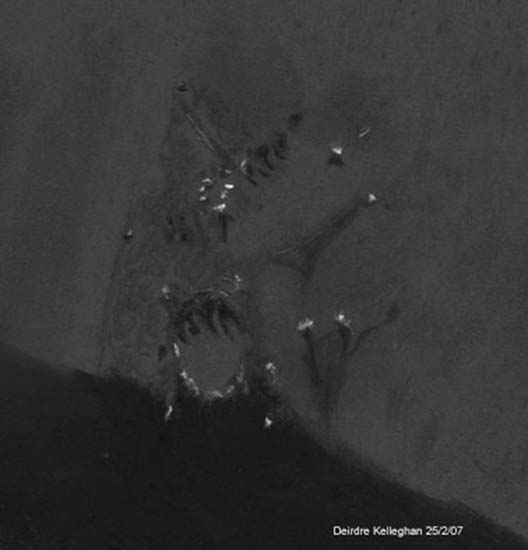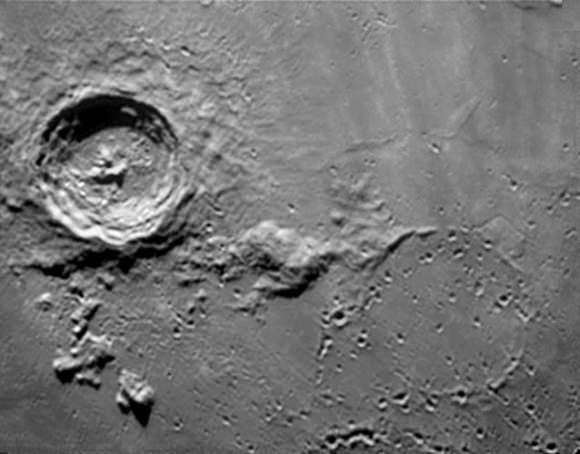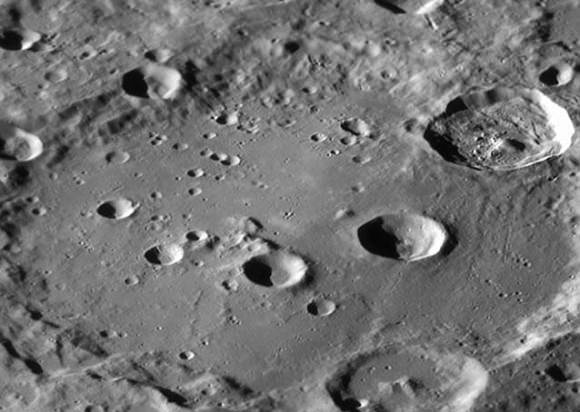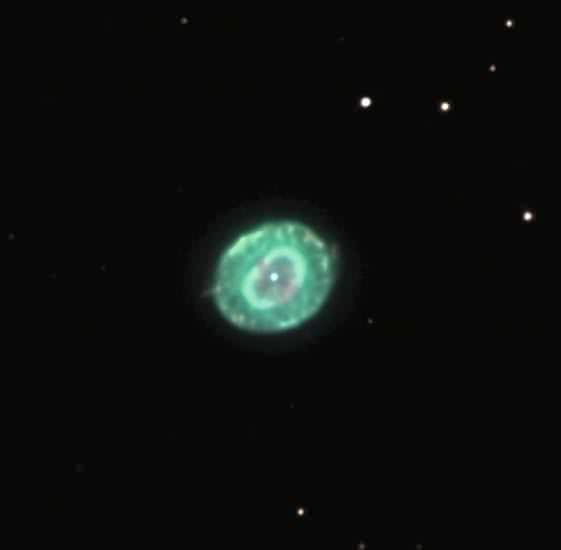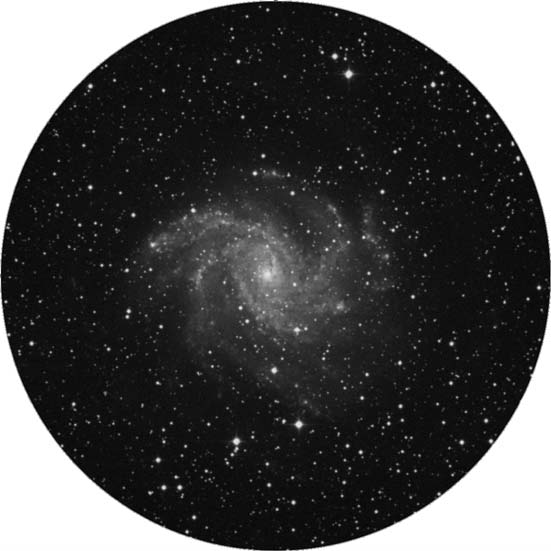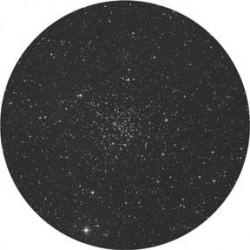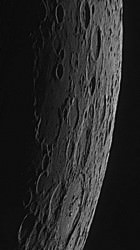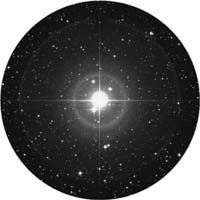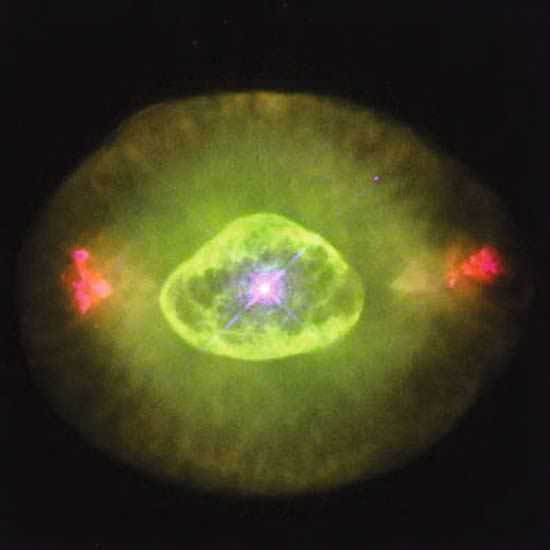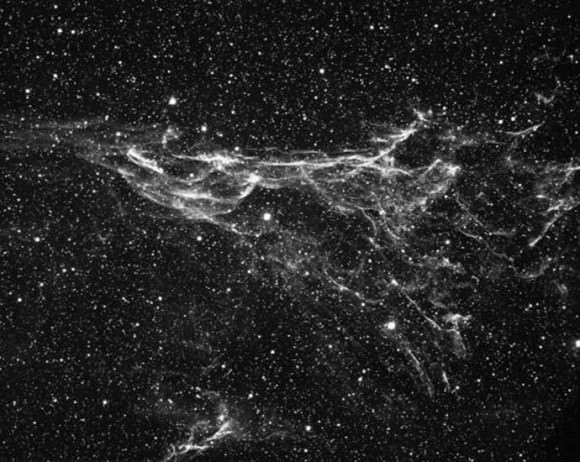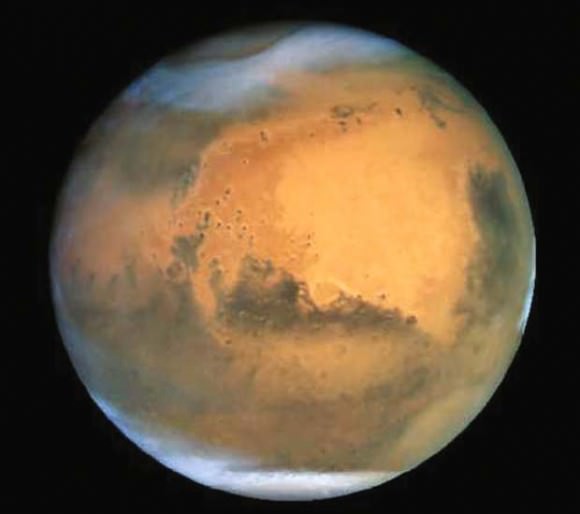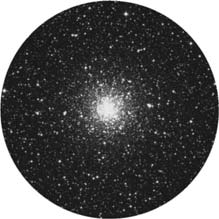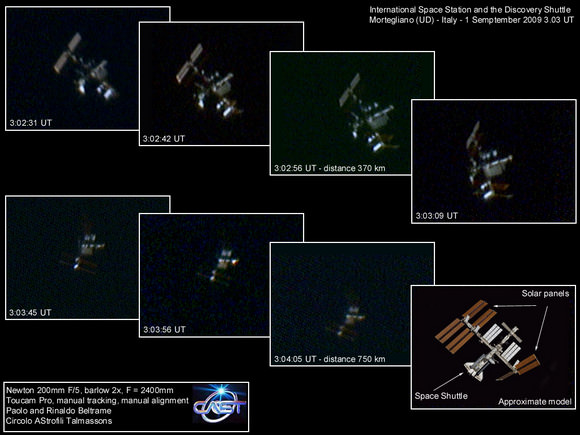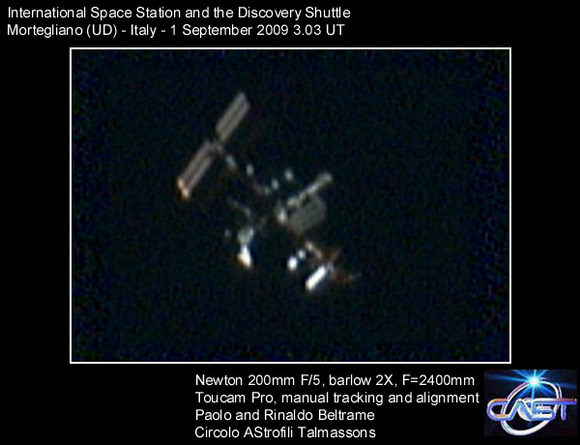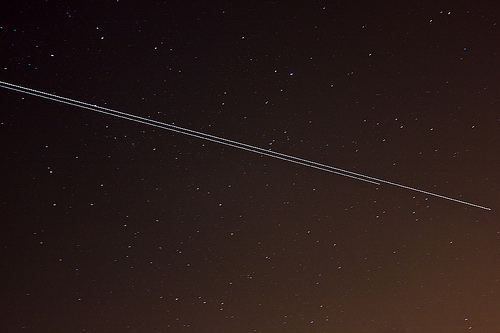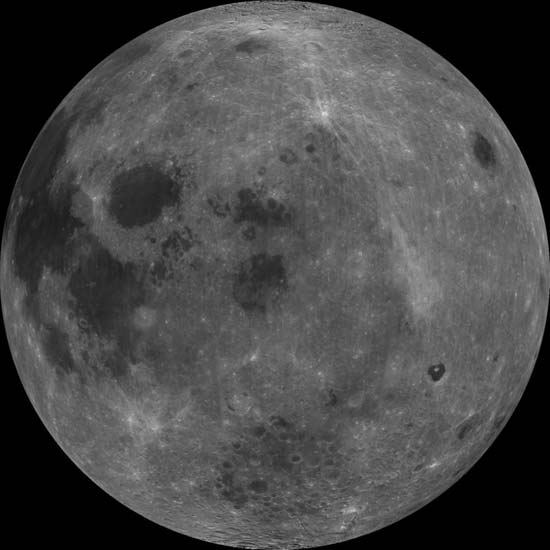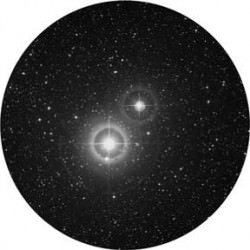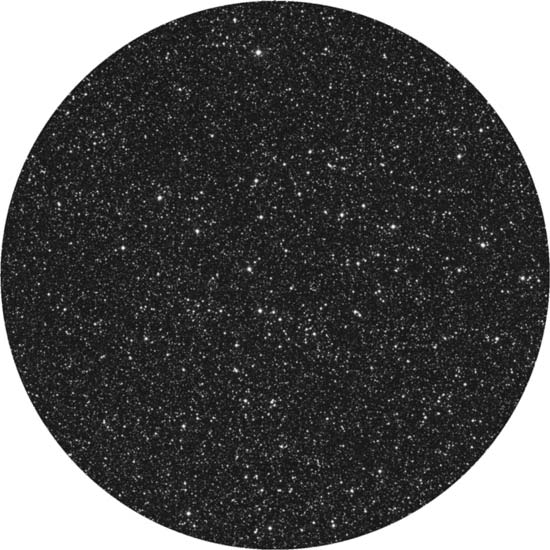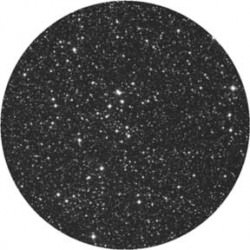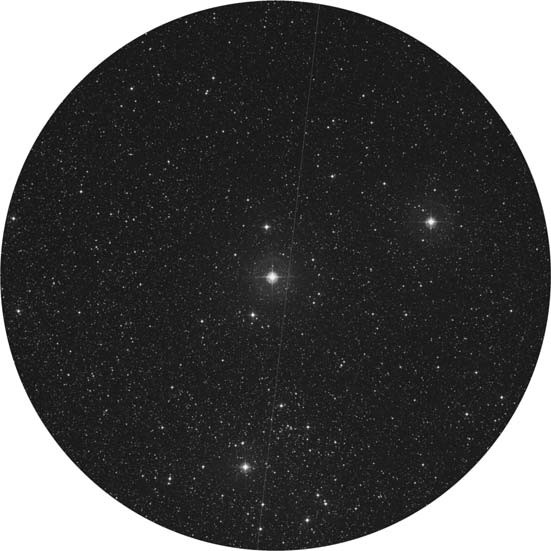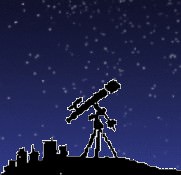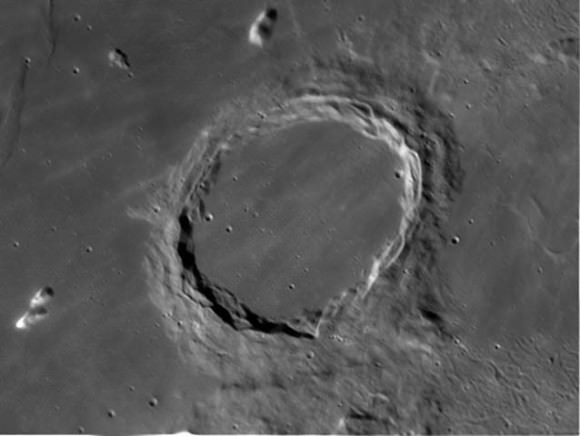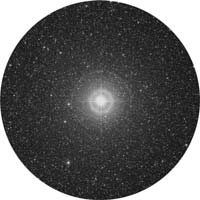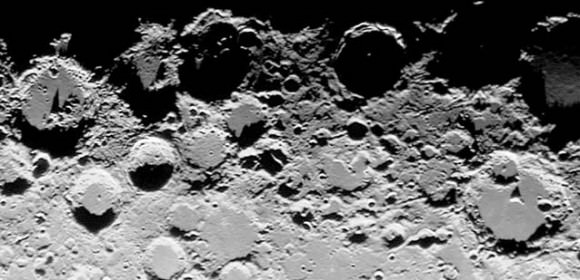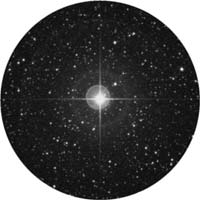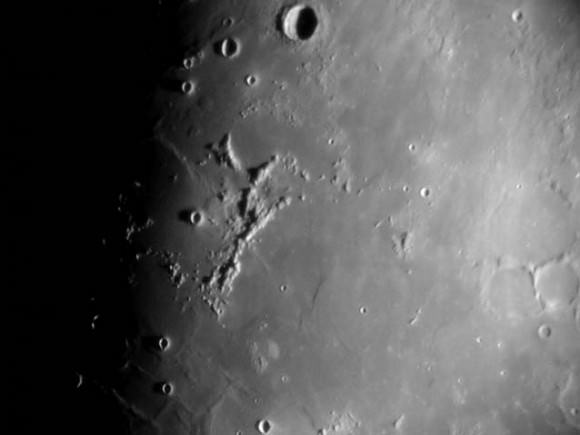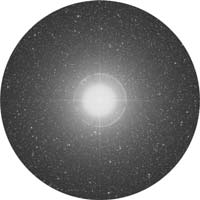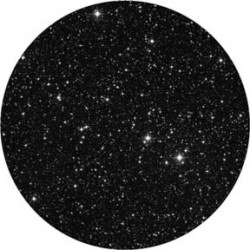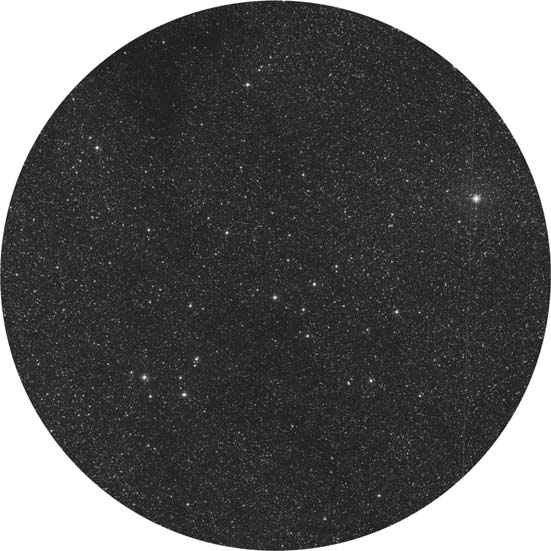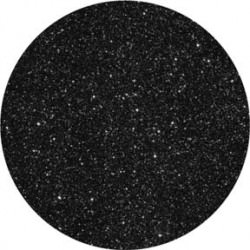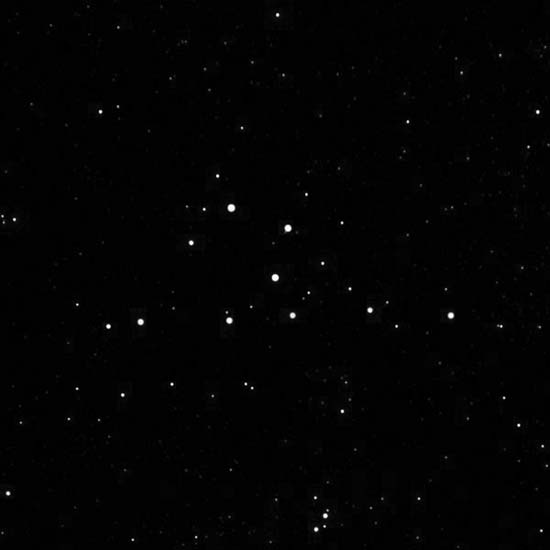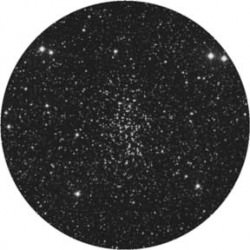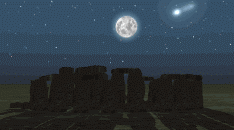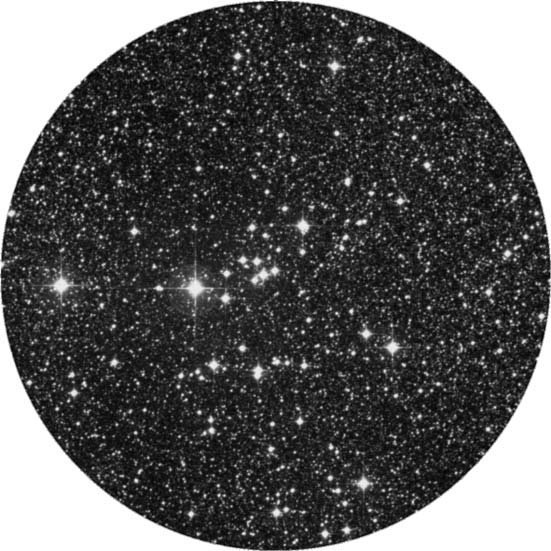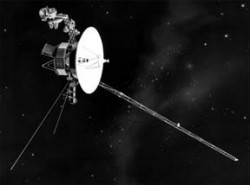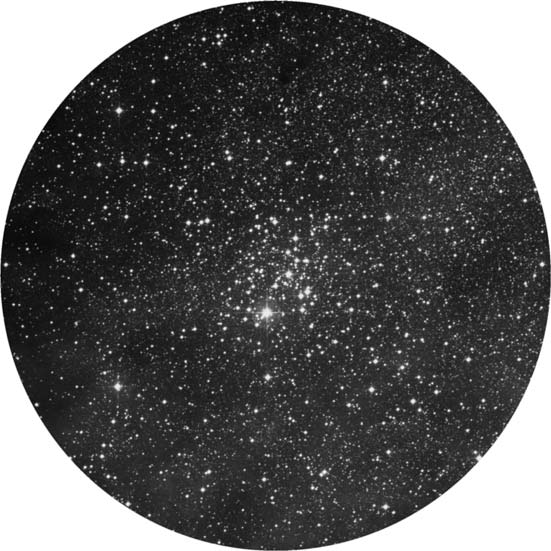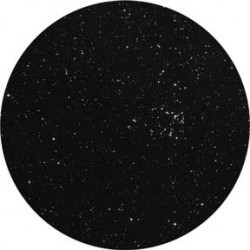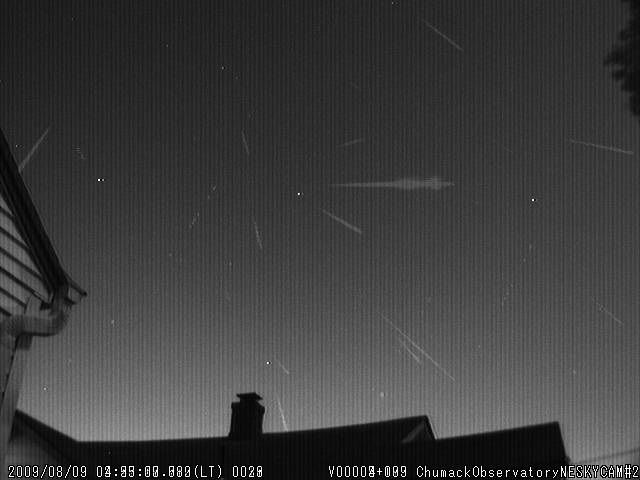Greetings, fellow SkyWatchers! We’re back and recovered from a star party – and what an awesome time! (I felt like Dorothy in the “Land of Oz”… Comets and meteors and galaxies… oh, my!) I am sure that many of you also enjoyed a great time and although the Moon is back on this weekend scene, why not celebrate it? Just how long has it been since you’ve kicked back and relaxed with a little lunacy in your scope? Pick up a sketchbook, or get creative with a camera! Lunatic fringe? I know you’re out there. And I’ll see you inside…
Friday, September 25, 2009 – Today we celebrate the 1625 birth on this date of Ole (Christensen) Romer. Romer, by timing Jupiter’s moons being eclipsed, was the first to prove that light had a finite speed. Let’s walk upon our own Moon this evening as we take a look at sunrise over one of the most often studied and mysterious of all craters, Plato. Located on the northern edge of Mare Imbrium, and spanning 95 kilometers in diameter, Class IV Plato is simply a feature that all lunar observers check because of the many reports of unusual happenings. Over the years mists, flashes of light, areas of brightness and darkness, and the appearance of small craters have become a part of Plato’s lore.
On October 9, 1945, an observer sketched and reported ‘‘a minute but brilliant flash of light’’ inside the western rim. Lunar Orbiter 4 photos later showed where a new impact may have occurred. Although Plato’s interior craterlets average between less than 1 and up to slightly more than 2 kilometers in diameter, many times they can be observed, and sometimes they cannot be seen at all under almost identical lighting conditions. No matter how many times you observe this crater, it is ever-changing and very worthy of your attention!
Saturday, September 26, 2009 – Tonight’s featured lunar crater will be located on the south shore of Mare Imbrium right where the Apennine mountain range meets the terminator. Eratosthenes is unmistakable at 58 kilometers in diameter and 375 meters deep.
Named after the ancient mathematician, geographer, and astronomer Eratosthenes, this splendid Class I crater will display a bright west wall and a deep interior, which contains its massive crater-capped central mountain reaching up to 3,570 meters high! Extending like a tail, an 80-kilometer-long mountain ridge angles away to the southwest. As beautiful as Eratosthenes appears tonight, it will fade away to total obscurity as the Moon becomes more nearly full. See if you can spot it in 5 days!
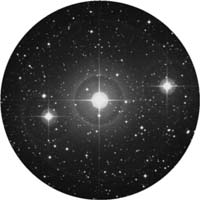 Now let’s journey to a very pretty star field as we head toward the western wingtip of Cygnus, to have a look at Theta, also known as 13 Cygni (RA 19 36 26 Dec +50 13 15). Theta is a beautiful main sequence star that is also considered by modern catalogs to be a double. For large telescopes, look for a faint (13th magnitude) companion to the west. But it’s also a wonderful optical triple! In the field with Theta to the southeast is the Mira-type variable R Cygni, which ranges in magnitude from around 7–14 in slightly less than 430 days. This pulsating red star has a really interesting history that can be found at American Association of Variable Star Observers (AAVSO) and is circumpolar for far northern observers. Check it out!
Now let’s journey to a very pretty star field as we head toward the western wingtip of Cygnus, to have a look at Theta, also known as 13 Cygni (RA 19 36 26 Dec +50 13 15). Theta is a beautiful main sequence star that is also considered by modern catalogs to be a double. For large telescopes, look for a faint (13th magnitude) companion to the west. But it’s also a wonderful optical triple! In the field with Theta to the southeast is the Mira-type variable R Cygni, which ranges in magnitude from around 7–14 in slightly less than 430 days. This pulsating red star has a really interesting history that can be found at American Association of Variable Star Observers (AAVSO) and is circumpolar for far northern observers. Check it out!
 Sunday, September 27, 2009 – Today we celebrate the 1814 birth on this date of Daniel Kirkwood. In 1866, this American astronomer was the first to publish his discovery of gaps in the distances of asteroids from the Sun, the ‘‘Kirkwood Gaps.’’ Not only did he study the orbits of asteroids, but he was also the first to suggest that meteor showers were caused by orbiting debris from comets. Known as ‘‘the American Kepler,’’ Kirkwood went on to author 129 publications, including three books.
Sunday, September 27, 2009 – Today we celebrate the 1814 birth on this date of Daniel Kirkwood. In 1866, this American astronomer was the first to publish his discovery of gaps in the distances of asteroids from the Sun, the ‘‘Kirkwood Gaps.’’ Not only did he study the orbits of asteroids, but he was also the first to suggest that meteor showers were caused by orbiting debris from comets. Known as ‘‘the American Kepler,’’ Kirkwood went on to author 129 publications, including three books.
Tonight on the Moon, let’s take an in-depth look at one of the most impressive of the southern lunar features—Clavius. Although you cannot help being drawn visually to this crater, let’s start at the southern limb near the terminator and work our way up.
Your first sighting will be the large and shallow dual rings of Casatus, with its central crater, and Klaproth adjoining it. Further north is Blancanus, with its series of very small interior craters, but wait until you see Clavius. Caught on the southeast wall is Rutherford, with its central peak, and crater Porter on the northeast wall. Look between them for the deep depression labeled D. West of D you will also see three outstanding impacts: C, N, and J; CB resides between D and Porter. The southern and southwest walls are also home to many impacts, and look carefully at the floor for many, many more! Clavius has been often used as a test of a telescope’s resolving power to see just how many more craters you can find inside it. Power up and enjoy!
This week’s awesome photos are (in order of appearance): Plato area (credit—Sketch by Deirdre Kelleghan), Eratosthenes (credit—Alan Chu), Theta Cygni (credit—Palomar Observatory, courtesy of Caltech), Daniel Kirkwood (widely used public image) and Clavius (credit—Wes Higgins). We thank you so much!


